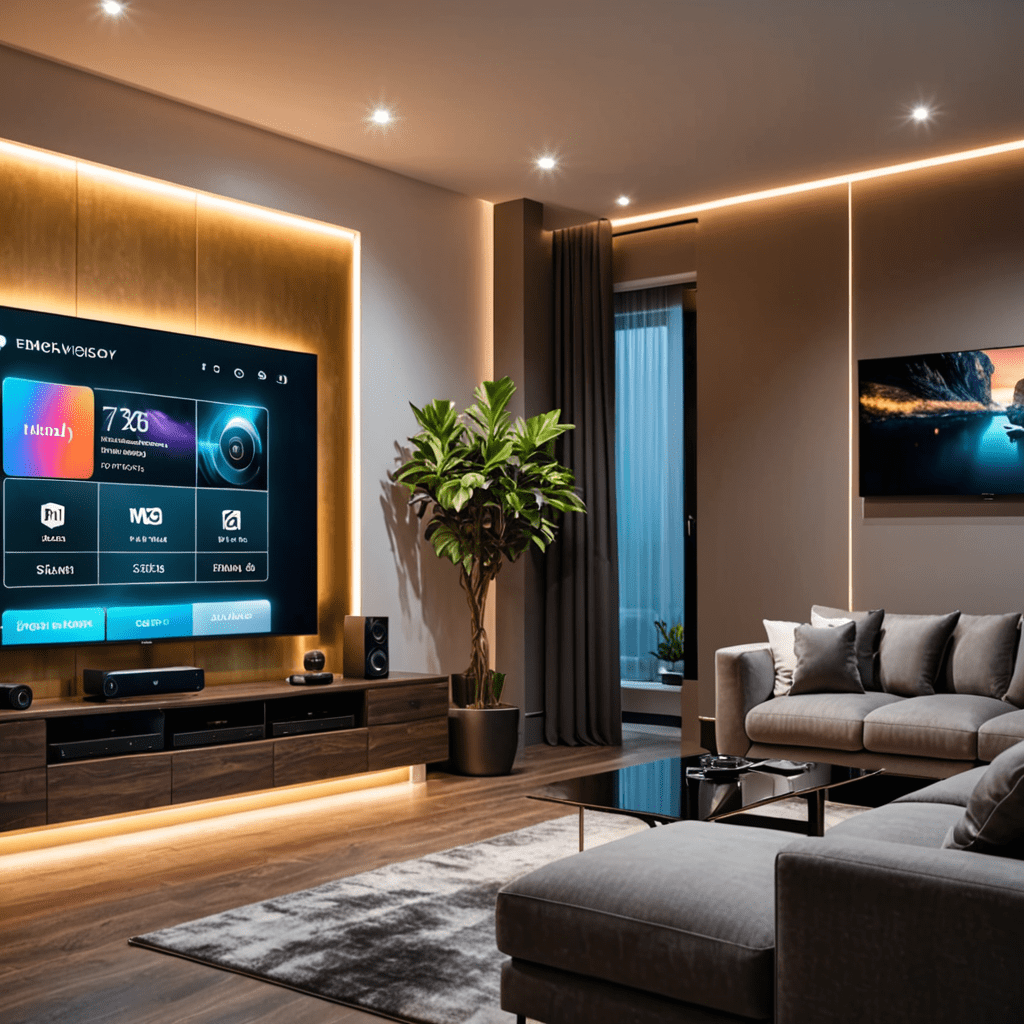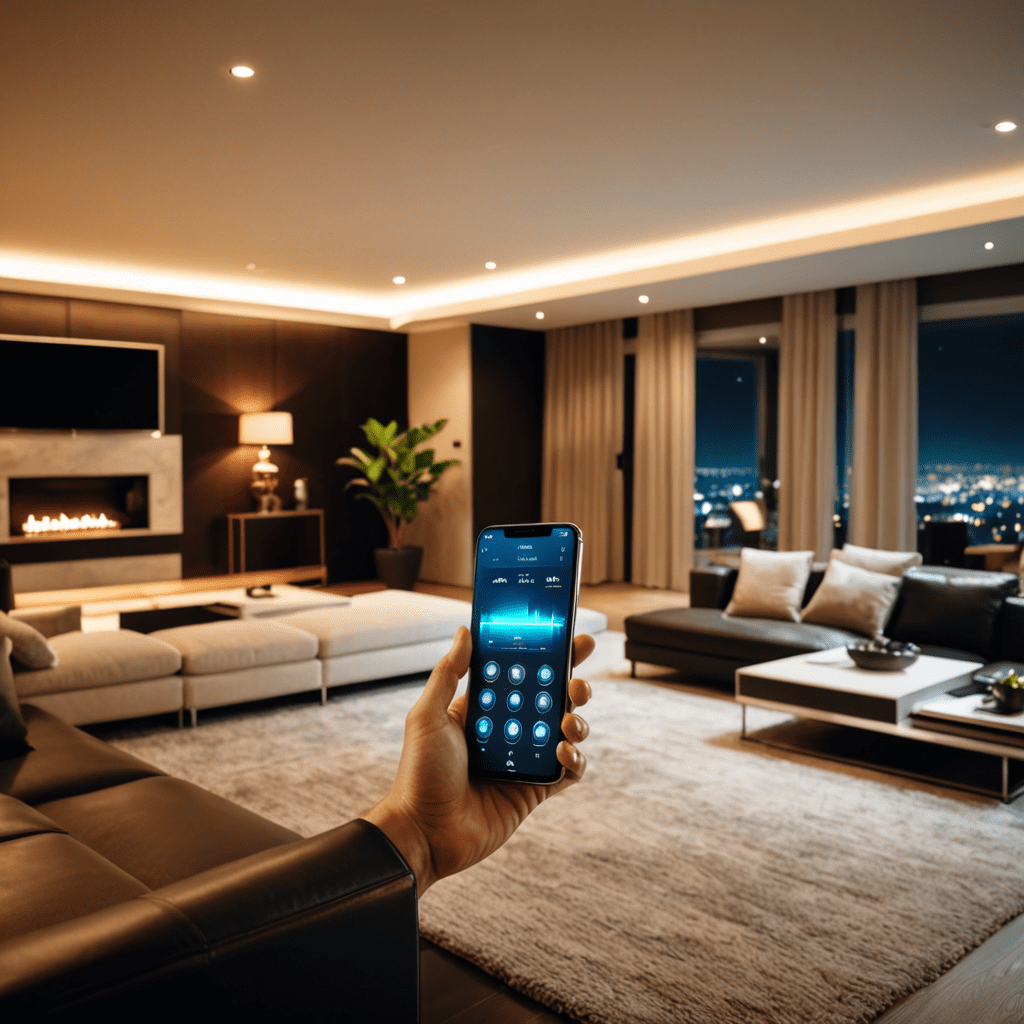
Exploring Smart Home Lighting Design
Smart home lighting design is a key aspect of creating a comfortable and functional living space. With the rise of technology, smart lighting systems offer convenience, energy efficiency, and the ability to customize the ambiance of your home.
The Benefits of Smart Home Lighting
1. Energy Efficiency: Smart lighting allows you to control when lights are turned on or off, leading to potential energy savings.
2. Convenience: Easily adjust lighting settings through your smartphone or voice commands.
3. Customization: Set the mood for different activities with adjustable brightness and color options.
4. Security: Use smart lighting to simulate occupancy when you’re away, enhancing home security.
Types of Smart Lighting
1. Smart Bulbs: Easily replace traditional bulbs with smart LED options that can be controlled remotely.
2. Smart Switches: Retrofit existing switches to control lighting fixtures without changing the bulbs.
3. Smart Light Strips: Add creative lighting effects to your space with flexible LED strips that can change colors.
4. Smart Lighting Systems: Comprehensive systems that integrate various light fixtures and controls for a fully automated experience.
Key Factors to Consider
1. Compatibility: Ensure that your smart lighting choice aligns with your existing smart home ecosystem.
2. Brightness and Color Temperature: Choose adjustable options to suit different activities and times of day.
3. Control Options: Consider whether you prefer app-based control, voice commands, or automation.
4. Installation: Evaluate the ease of installation based on your technical skills and home setup.
Integration with Smart Home Ecosystems
Smart lighting systems can often be integrated with popular smart home platforms like Amazon Alexa, Google Assistant, or Apple HomeKit. This allows for seamless control of lighting along with other smart devices in your home.
Smart Home Lighting Trends
1. Circadian Lighting: Tuning lighting to mimic natural light patterns for improved well-being.
2. Gesture Control: Some systems allow for hands-free control through gestures or motion sensors.
3. Voice-Activated Scenes: Set lighting scenes with simple voice commands for added convenience.
Conclusion
Exploring smart home lighting design opens up a world of possibilities to enhance your living space. From energy efficiency to customization and convenience, smart lighting offers a modern solution for creating the perfect ambiance in your home.
FAQ: Exploring Smart Home Lighting Design
What is smart home lighting design?
Smart home lighting design refers to the innovative use of technology to control and customize lighting within a home. It involves the integration of smart lighting solutions that can be managed remotely via smart devices like smartphones or voice assistants.
What are the benefits of smart home lighting design?
Smart home lighting design offers various benefits such as energy efficiency, convenience, and enhanced security. Users can adjust lighting levels, colors, and schedules to fit their preferences, save energy, and create ambiance. Additionally, features like remote access and automation improve home security.
How does smart home lighting design work?
Smart home lighting systems utilize connected devices and technologies like Wi-Fi, Bluetooth, or Zigbee to communicate with each other and with the user’s control interface. Users can set schedules, create scenes, and personalize lighting settings through dedicated apps or voice commands, enhancing overall control and convenience.


